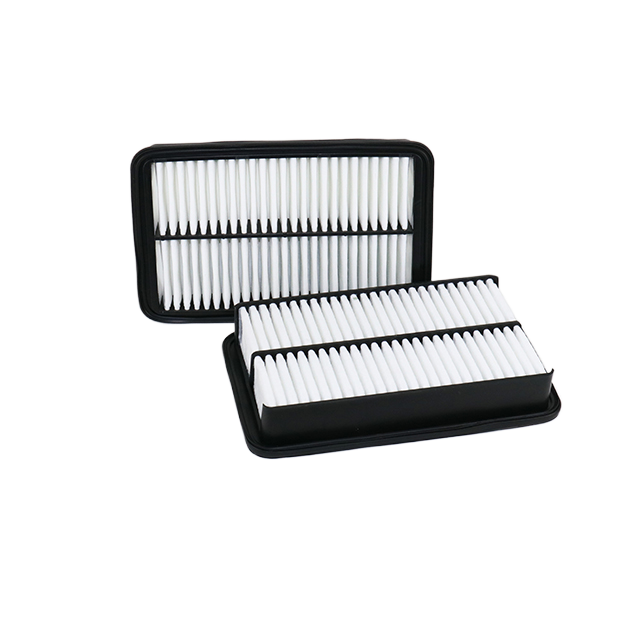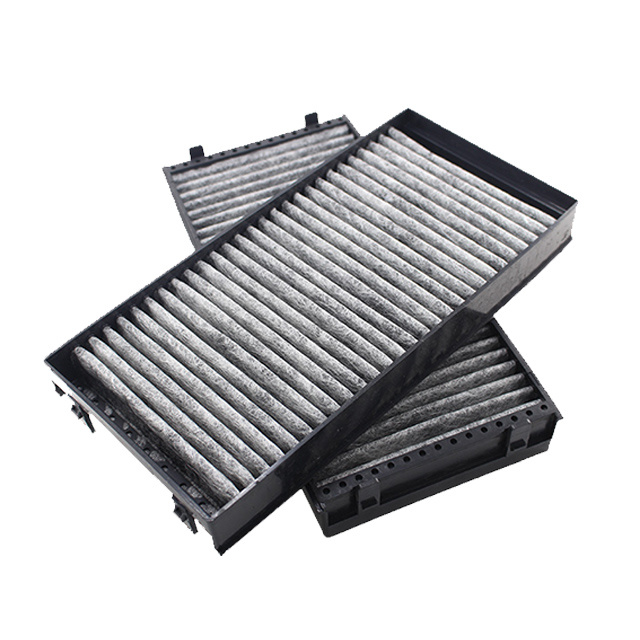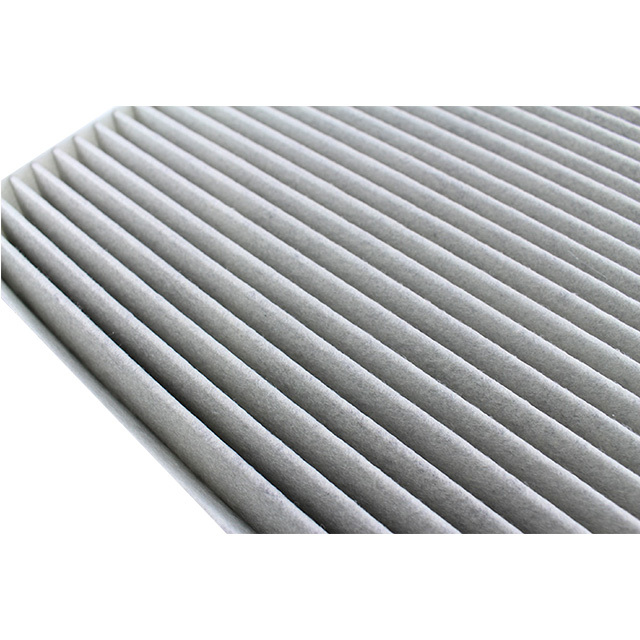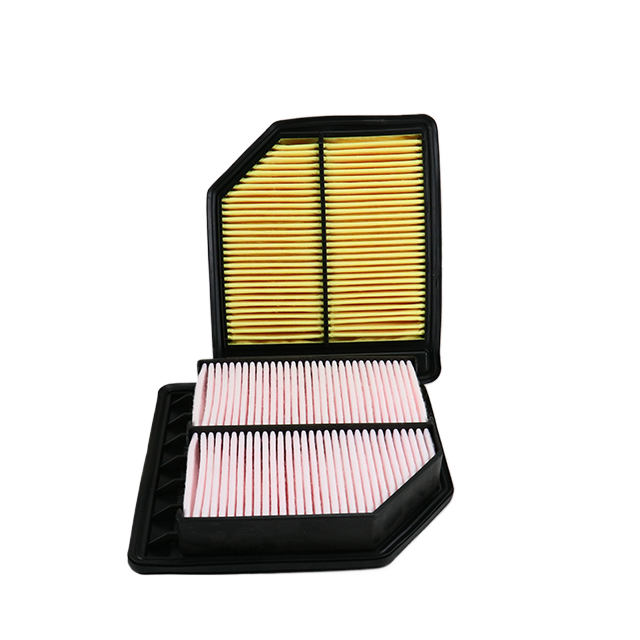Outside Air Conditioner Filter: Guarding Efficiency and Longevity
Release time:
23 Jul,2025
The outside air conditioner filter is an unsung hero in the functionality of any air conditioning system, working tirelessly to protect both the unit and the quality of air it circulates.

The outside air conditioner filter is an unsung hero in the functionality of any air conditioning system, working tirelessly to protect both the unit and the quality of air it circulates. Often overlooked compared to its indoor counterparts, this critical component plays a vital role in maintaining the efficiency, performance, and lifespan of outdoor AC units. Understanding its purpose, types, and maintenance needs is essential for anyone looking to keep their cooling system running smoothly.
At its core, the outside air conditioner filter is designed to prevent debris from entering the outdoor unit, which houses the condenser coil, compressor, and fan—key components responsible for releasing heat from the system. Without a filter, leaves, dirt, pollen, grass clippings, and even small insects can accumulate on the condenser coil. This buildup acts as an insulator, blocking the coil’s ability to release heat effectively. As a result, the air conditioner has to work harder to cool the space, leading to increased energy consumption, higher utility bills, and unnecessary wear and tear on the system. Over time, this strain can shorten the unit’s lifespan and even lead to costly repairs or replacements. The outside air conditioner filter acts as the first line of defense, catching these contaminants before they reach sensitive components.
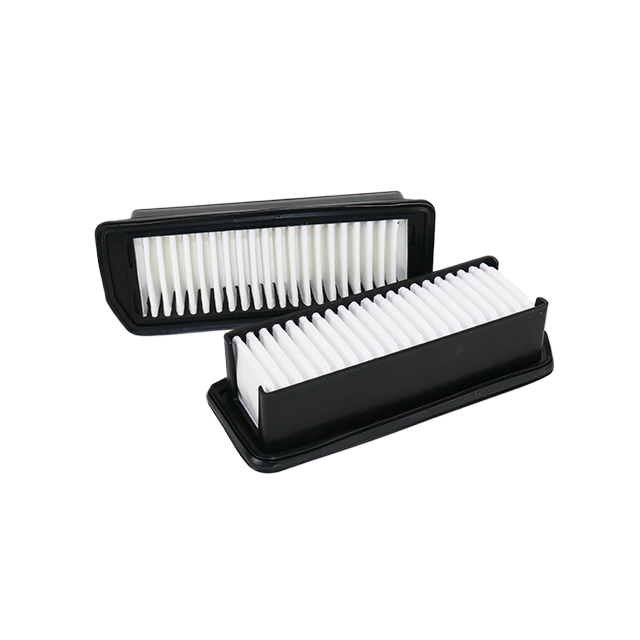
Not all outside air conditioner filters are created equal; they come in various types to suit different environments and needs. Mesh filters are the most common, made from durable materials like metal or plastic. Their porous design allows for good airflow while trapping larger debris such as leaves and twigs. For areas with high levels of dust or pollen, foam filters offer finer filtration, capturing smaller particles without significantly restricting airflow. Some advanced models even feature electrostatic filters, which use static electricity to attract and hold tiny contaminants like mold spores and pet dander. The choice of filter depends on factors such as the local climate, surrounding vegetation, and specific air quality concerns. For example, homes near construction sites or busy roads may benefit from a higher-efficiency filter to combat increased dust and pollutants.
Installing and maintaining an outside air conditioner filter is a straightforward process that homeowners can often handle themselves. The filter is typically located near the condenser unit’s air intake, either as a removable panel or a slide-in insert. When installing a new filter, it’s important to ensure it fits snugly to prevent unfiltered air from bypassing it. Regular inspection is key—filters should be checked at least once a month during peak cooling seasons, and more frequently in dusty or windy conditions. Cleaning or replacing the filter depends on its type: reusable mesh or foam filters can be rinsed with water and air-dried, while disposable filters should be replaced when visibly dirty. Neglecting this maintenance can lead to reduced cooling capacity, as the unit struggles to draw in air through a clogged filter, and may even cause the system to overheat and shut down.
The impact of a well-maintained outside air conditioner filter extends beyond the unit itself; it also contributes to better overall system performance and indoor air quality. While the outside filter’s primary role is to protect the condenser, a clean filter ensures the entire AC system operates efficiently. This efficiency translates to more consistent cooling throughout the home, avoiding hot spots and ensuring comfort even on the hottest days. Additionally, when the system works less hard, it produces fewer greenhouse gas emissions, making it more environmentally friendly. For those with allergies or respiratory issues, a properly functioning AC system—supported by a clean outside filter—can help maintain better indoor air quality by reducing the circulation of outdoor pollutants that might otherwise enter the system.
Key words:
- All
- Product Management
- News
- Introduction
- Enterprise outlets
- FAQ
- Enterprise Video
- Enterprise Atlas
More information



